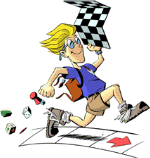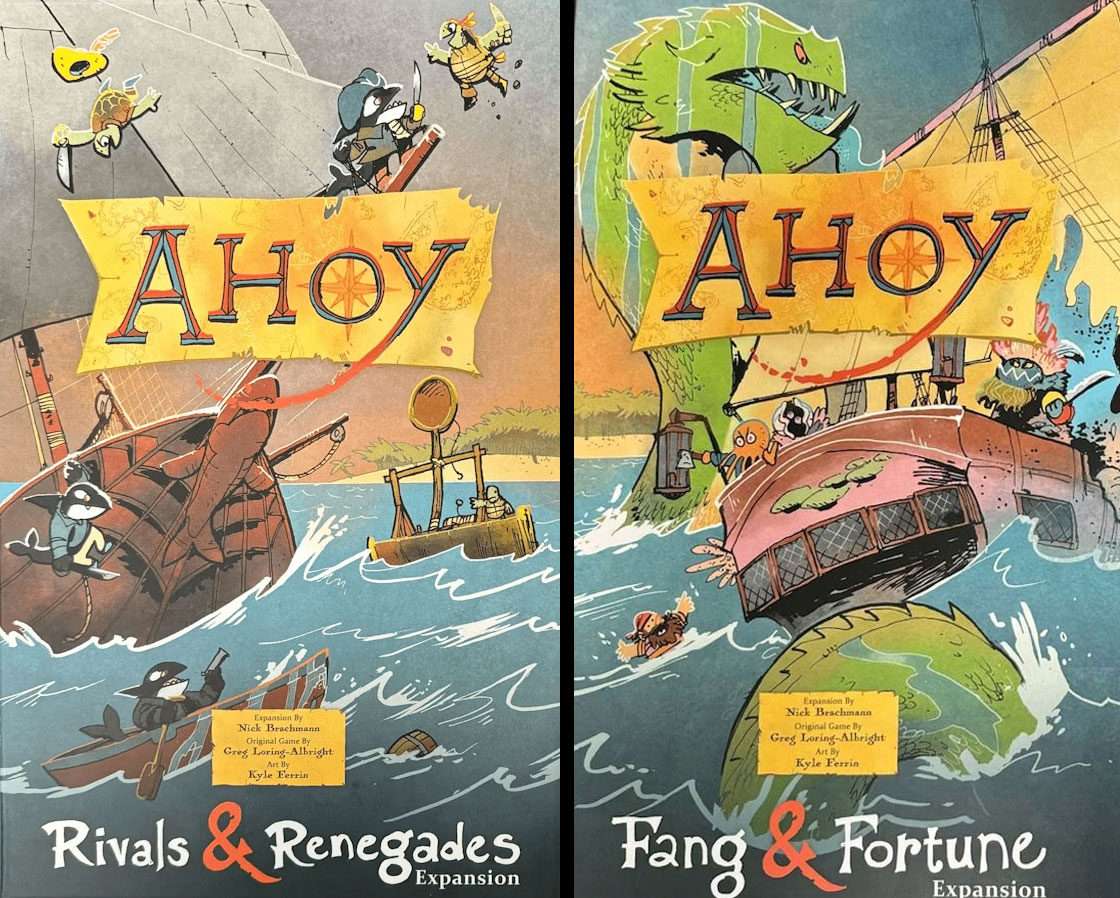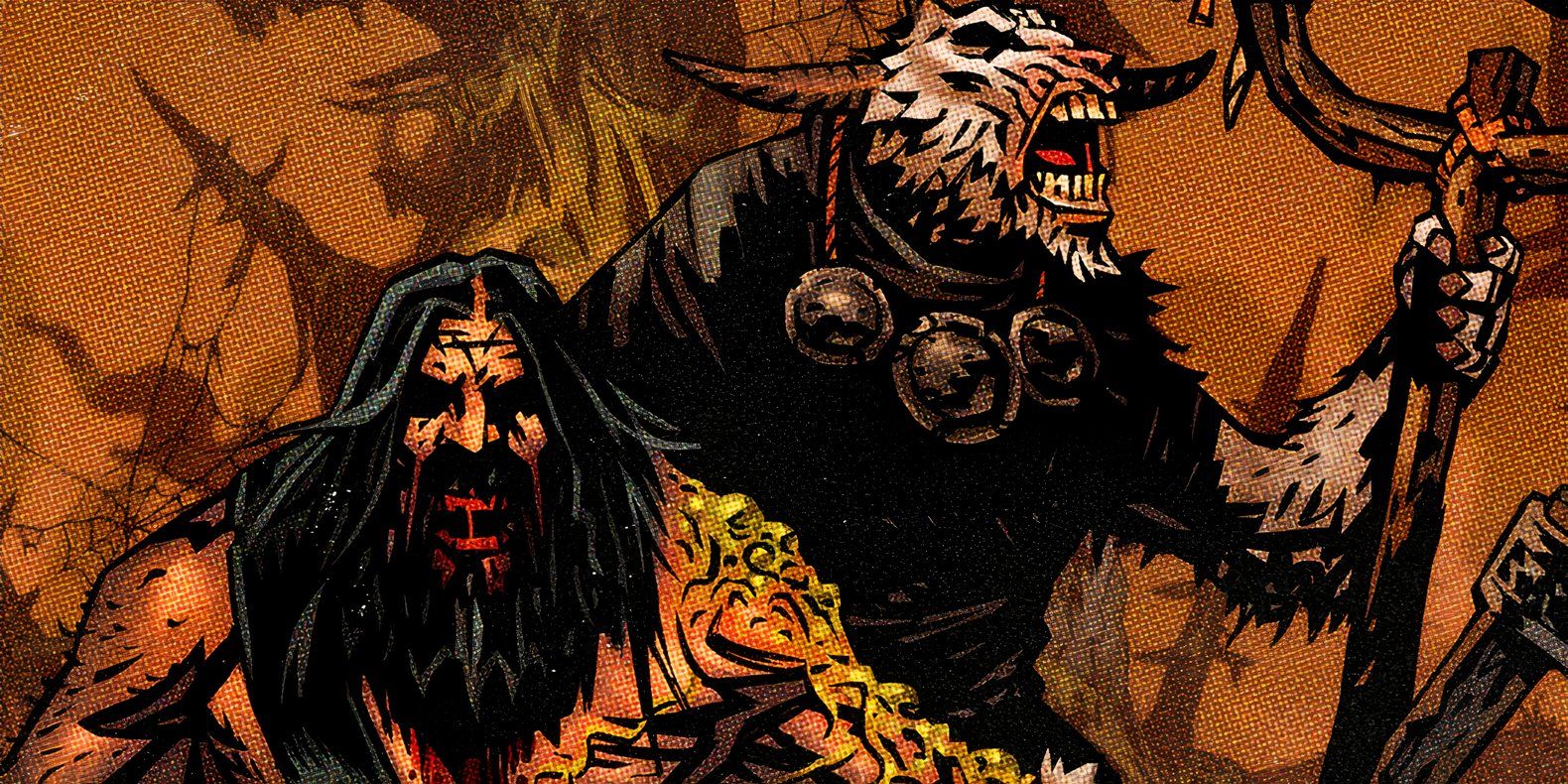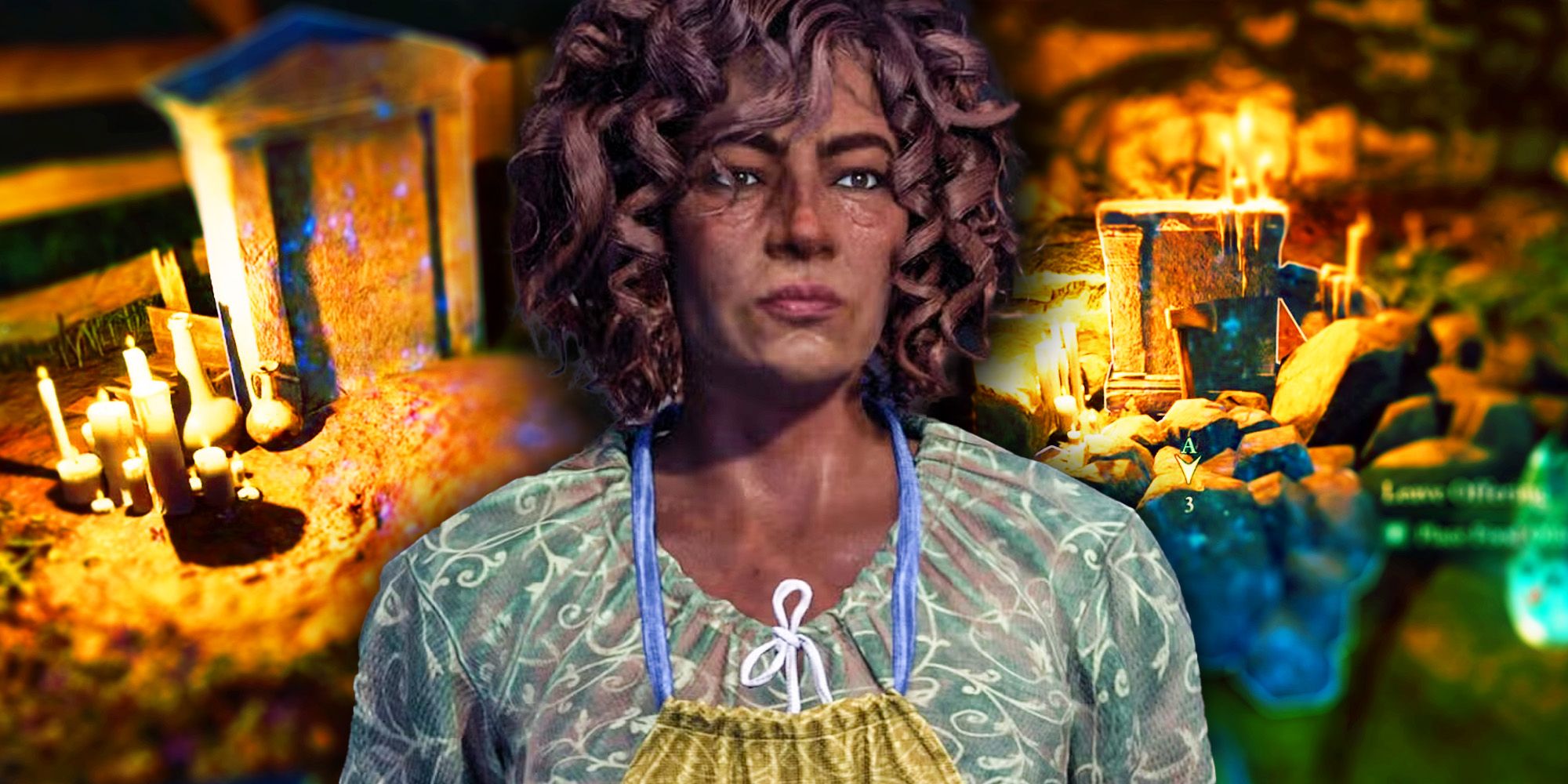PROTECT YOUR DNA WITH QUANTUM TECHNOLOGY
Orgo-Life the new way to the future Advertising by Adpathwayby Dani Garcia
The Voynich manuscript is a medieval book with strange illustrations of unreal plants, constellations, women bathing in green waters, pages that seem to represent recipes to make potions, and texts — lots of texts — written in a language nobody knows how to translate. The book is a mystery, and while there are many theories about what it may be about, in reality, nobody knows what's it about.With this premise, it's hard to start working on a game about this book as there's not much you can know other than it needs to be deciphered. I didn't want to make a generic investigation game that happens to have this book as a theme; the game had to be specifically about this book, but given that the texts are untranslatable, I could only rely on the drawings of the different sections the book seems to have.
And also, the fact that it is a book.
With that in mind, the first thing clear to me was that players had to have a book in their hands, a book they could browse during the game as if they were studying the real book. I envisioned these sleeved transparent sheets with cards in them, each card belonging to one of the sections the book seems to have and arranged so that you would see two cards of the same section whenever you opened any page on the book. These cards would be divided into four "sides", so you would rotate and flip them during the game, representing your progress in deciphering each page.
That would be the core and the action-selection mechanism of The Voynich Puzzle. I wanted players going from one page to another, using them to perform actions, while at the same time upgrading them, both to create progression by having better actions as the game goes on, and to give players their own endgame scoring objectives.
Games from Drawings
I already had the action-selection mechanism, but I needed to create the actions themselves. The book seems to have five distinctive sections, plus a foldable map with nine circles in it. I wanted to convert each of the sections into its own mini-game, so I looked for interesting patterns in the drawings of the real book, finding drawings representative of each section that could also be converted into a game somehow. This can't be easily seen in the final version thanks to great artwork from Jorge Tabanera Redondo, who reinterpreted each page in his style to make them look as spectacular as they now look.
Each section is based on a specific page of the real book, so the number of steps the water drops can move on each side on the baths section, the number of leaf spaces and their distribution on the botany section, and the number of constellations and the goat itself of the astronomy section are all based on the drawings as they were in the original book.
I had to convert those specific drawings, with those specific configurations and number of steps into games that worked well, were balanced, and were different enough from each other. I also had to make everything cohesive, not just a bunch of separate mini-games, as all sections of the book seem to be part of a whole, each section related to the others. In order to accomplish all of that, I followed these principles:
▪️ Sections had to combo from one to another in order to represent their interconnectivity. I also happen to like combos in games.
▪️ The final scoring also had to be interconnected so that players could not focus on only a single section.
▪️ Instead of having resources in the usual way, you would have a limited number of each type of token, and each token would be used in three different sections so that you would place the tokens into a section, then later be forced to move them to a different section.
▪️ And as I always try to create positive interaction between players, I designed the sections in a way in which players would benefit from what the other players did before or after they placed their pieces.
There was some trial and error with some of the sections, especially the recipes section that was originally on a player board for each player, but I think the final result represents the book as much as possible, considering its mysterious nature.
Deciphering the Book
The goal of the game is to decipher the book, with deciphering in the game represented by flipping and rotating cards. I wanted the act of changing the cards to be meaningful, not only in terms of the gameplay gains you would get, but also in how you had to do it. In other words, I didn't wanted players to accumulate generic investigation points that had to be spent in order to flip the cards.
A podcast I listened to while researching the book was called "The Voynich Puzzle", and I apparently took that name literally as I envisioned this puzzle to which players would be adding pieces, representing the knowledge they have acquired and shared with the world (as many people investigating the book have done on the internet). Magnifying glasses would also move around the puzzle, representing the investigation players would be doing based on the general knowledge shared.
I used the folded map in the book as the canvas for the puzzle as it is pretty much symmetrical along both axes, which allowed me to create a puzzle in which you can place each piece in four locations. This allowed me to create that interesting mechanism I was looking for, so instead of upgrading the pages by spending generic knowledge points, players would need to create specific patterns in the puzzle and move their magnifying glasses there.
Different Player Counts
Having a game in which the pieces of other players have a big effect on your options, I had to carefully balance the different player counts so that the experience was more or less the same no matter the number of players. I also wanted to avoid having complex systems, such as a bot taking a turn after all players had gone (except, of course, in the solo mode where a bot is pretty much expected).
The simplest solution worked, which was to use cards to place the pieces of a non-player color on the board during set-up, only in two- and three-player games, to simulate the options other players would create. So far, probably the most vocal reviewer advocating for games having good two-player variants liked the solution, so I'm happy with the result in that regard.
Finally, I want to thank publisher Salt & Pepper Games for suggesting this theme and for choosing me to start their line of mid-heavy Euros, which I hope they continue in the future, and thank everybody else involved in creating this game for working so good and so fast to make it a reality this year.
And thanks, of course, to all the playtesters of this game and of all my others, especially to those who have to play the initial versions...
Dani Garcia


 2 days ago
11
2 days ago
11
/pic8739904.jpg)
/pic9034878.jpg)
/pic9093966.jpg)
/pic9034870.jpg)
/pic9093965.jpg)
/pic9034876.jpg)
/pic9093972.jpg)
/pic9041763.png)
/pic9093968.jpg)
/pic9034869.jpg)
/pic9041768.png)
/pic9093961.png)
/pic9034874.jpg)


/pic8764108.jpg)
/pic8871909.jpg)













 English (US) ·
English (US) ·  French (CA) ·
French (CA) ·